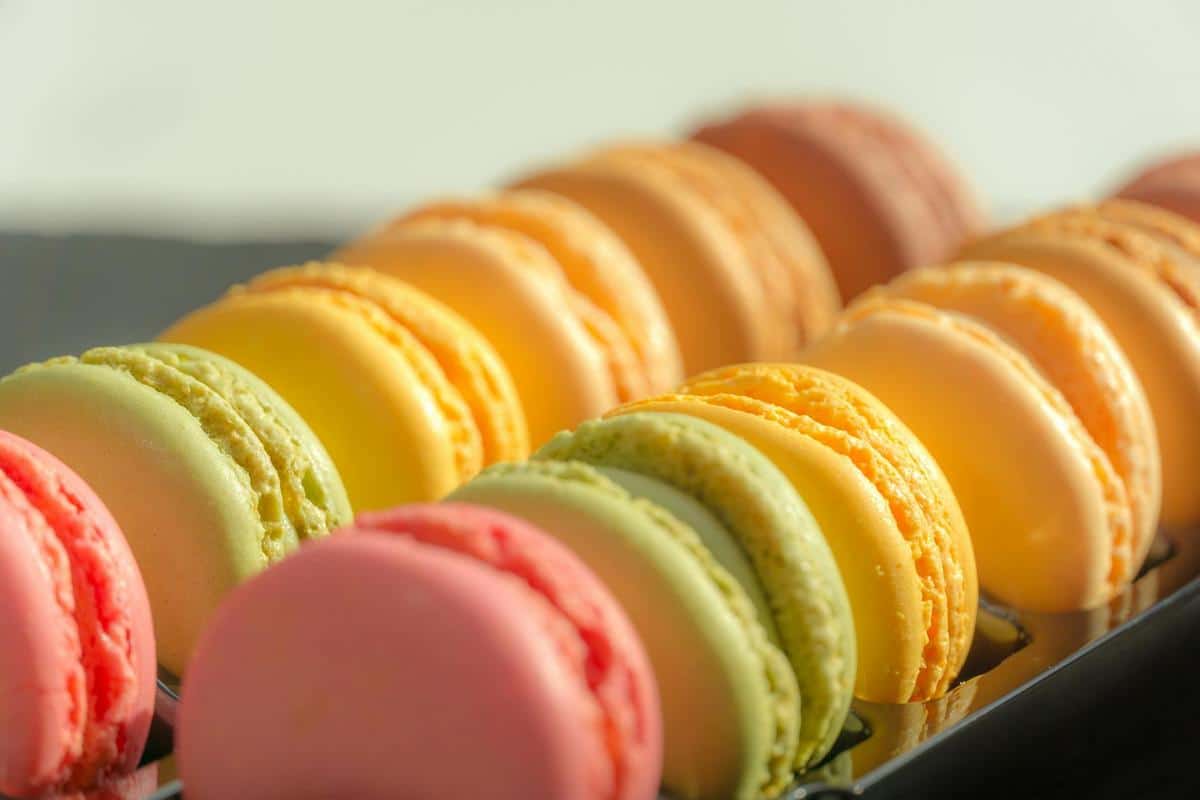
Classic French Pastries: Techniques and Recipes
Stepping into the world of classic French pastries is like opening a treasure chest of flavors and techniques that have been perfected over centuries. Beyond their delicate appearance, these pastries symbolize a blend of tradition, precision, and art that every culinary enthusiast can appreciate.
Classic French pastries have long been celebrated for their intricate layers and exquisite flavors. From the buttery croissants that grace breakfast tables to the elegant éclairs filled with rich cream, each pastry holds a story of culinary heritage. According to renowned chef Julia Child, “In France, cooking is a serious art form and a national sport.” This sentiment captures the essence of French pastries, which demand both skill and passion.
The Art of Pastry Making
French pastries are distinguished by their meticulous techniques. The process of laminating dough, where layers of butter are folded into the pastry, is crucial for creating the flaky texture of croissants and puff pastries. Research suggests that mastering this technique can take years, but the result is a pastry that is light, airy, and irresistibly delicious.
Key Techniques
- Lamination: Involves folding butter into dough multiple times to create layers.
- Pâte à Choux: Used for making éclairs and cream puffs, this dough relies on steam to rise.
- Pâte Sablée: A sweet, crumbly dough perfect for tarts and cookies.
Popular French Pastries
| Pastry | Main Ingredients | Description |
|---|---|---|
| Croissant | Flour, Butter, Yeast | Flaky and buttery breakfast staple. |
| Éclair | Flour, Butter, Eggs | Choux pastry filled with cream and topped with icing. |
| Macaron | Almond Flour, Egg Whites | Delicate meringue-based confection. |
| Tarte Tatin | Apples, Butter, Sugar | Caramelized apple tart served upside down. |
| Pain au Chocolat | Flour, Butter, Chocolate | Chocolate-filled pastry similar to a croissant. |
| Madeleine | Flour, Butter, Lemon | Shell-shaped sponge cake with a hint of lemon. |
| Financier | Almond Flour, Butter | Small almond cake with a moist texture. |
| Clafoutis | Cherries, Flour, Milk | Baked custard with fruit, typically cherries. |
Tips for Perfecting French Pastries
Creating French pastries at home might seem daunting, but with a few tips, you can achieve bakery-quality results:
- Use Quality Ingredients: High-quality butter and flour make a significant difference in flavor and texture.
- Be Precise: Measure ingredients accurately and follow recipes closely.
- Practice Patience: Allow dough to chill as required to maintain structure and flavor.
Exploring Further
If you’re eager to delve deeper into the world of French pastries, consider attending a baking class or exploring reputable culinary websites. Many offer step-by-step guides and video tutorials that can enhance your baking skills. Additionally, books by pastry chefs like Pierre Hermé offer insights into advanced techniques and creative twists on classic recipes.
Frequently Asked Questions
What is the difference between a croissant and a pain au chocolat?
A croissant is a crescent-shaped pastry, while a pain au chocolat has a rectangular shape and is filled with chocolate.
How do I store French pastries?
Most French pastries are best enjoyed fresh but can be stored in an airtight container for a day or two. Avoid refrigeration to prevent them from becoming soggy.
Can I make French pastries without specialized equipment?
Yes, many French pastries can be made with basic kitchen tools, though a pastry cutter and rolling pin can be helpful for dough preparation.
Conclusion
Classic French pastries are a testament to the art and tradition of baking. With patience and practice, these treats can be recreated at home, offering a taste of France’s rich culinary legacy. As you embark on your pastry-making journey, remember that each pastry tells a story, inviting you to savor every bite.